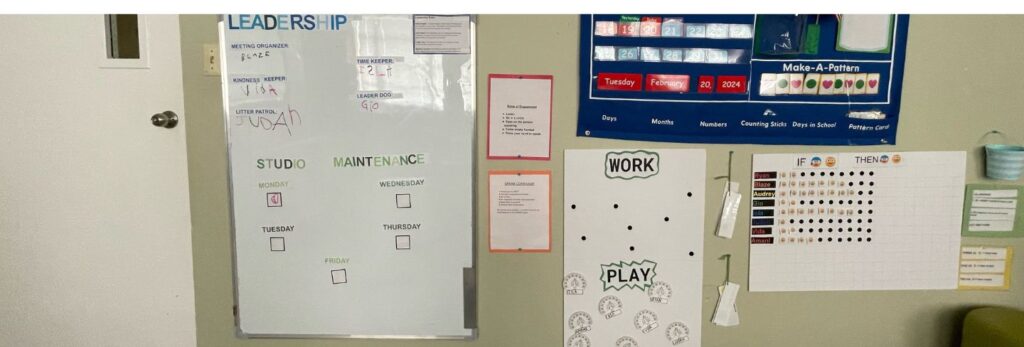Math concepts are present in our daily lives and abound in places you may never have considered. Broadly applied math skills help us accomplish everything from assembling furniture to preparing our food to estimating the time we have to engage in our favorite pastimes. Math education’s true goal is to understand math concepts well enough to apply them for life and vocational problem-solving. Therefore, the more opportunities we give children to problem solve, the better they will retain the information for future use.
Math is a universal language that connects the natural world to our minds and allows for creative exploration. Music, science, and art are all knit with the common thread of math. Here are five ways you can encourage your children can make the world their math classroom.
- Get to the garden. A backyard is an excellent place for children to grow their math skills. A fun activity that also helps nature, Building a birdhouse with your child, lends itself to talking about angles, measurements, and sequencing of directions to create it. Your child can also graph the types and numbers of trees in your yard or create a scaled garden drawing to apply real-world math.
- Take a day trip. Come up with a family day trip idea, and allow your children to practice time concepts by setting the travel schedule, stops along the way, and a lunch break. As a follow-up activity, creating a map of the places visited after the trip will also help them with general spatial concepts and visual memory, both essential underpinnings of many math skills.
- Bring your child into the kitchen. Children love the opportunity to help in the kitchen, and food prep is an easy daily activity to integrate math. Whether talking measurements, temperatures, directions, fractions, or time, pretty much everything we do in the kitchen requires math skills. Best of all, your child is sure to feel proud of what they make!.
- Have some home decorating fun. Everyone has home projects, needs to rearrange a room, or put our seasonal decor from time to time. Including your child in home decorating is an excellent opportunity to exercise math skills. For instance, what is the longest and widest couch that will fit in the den? How much wallpaper is needed to cover the walls? How many strands of lights will be required to run around the perimeter of the house? So many questions we have to ask in the project planning process incorporate math. Add an extra dose of creativity by having your child draw out a home décor plan to include lists and calculations of needed items to complete the project.
- Turn your gaze to the sky. Outer space provides an abundance of math lessons. On a clear night, look to the stars for patterns and shapes. With a flashlight and some paper grocery bags, children can create flashlight constellations from their observations. Using a star finder app, they can also research star sizes and types and develop a chart of star classification. For more ideas, NASA offers activities to help children connect math and science concepts at home.
At Apollo Academy, we are dedicated to encouraging each child to explore the world to forge their learning journeys. To learn more about Apollo Academy and our approach to education, schedule an intro call here or check out our resources here.


